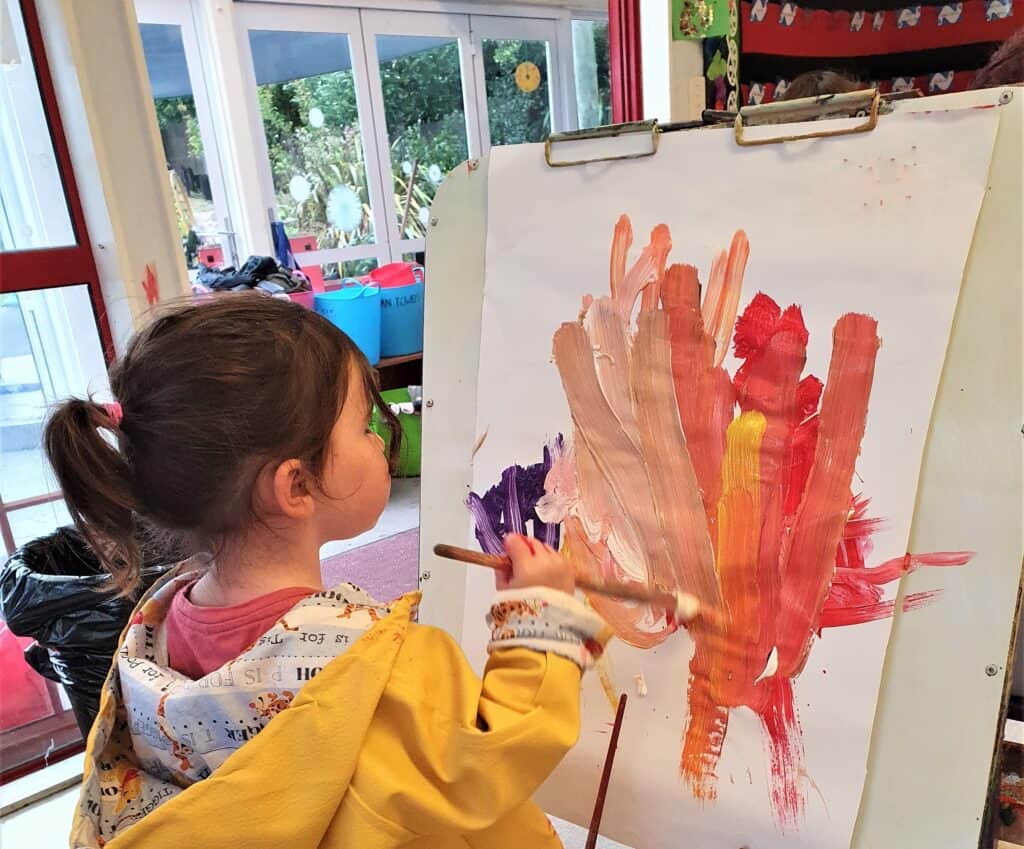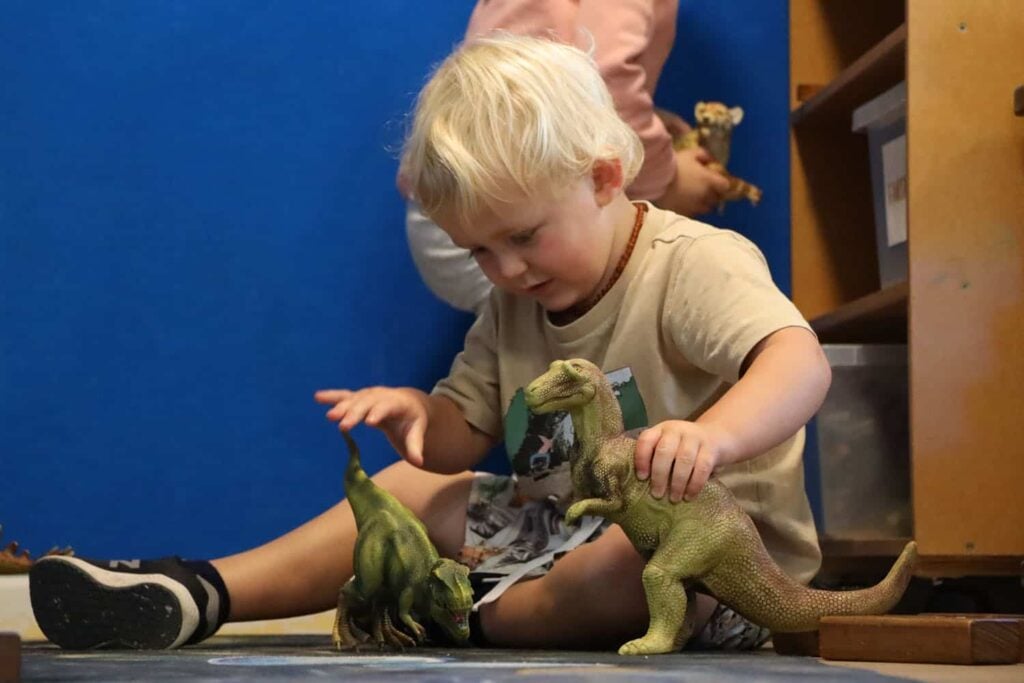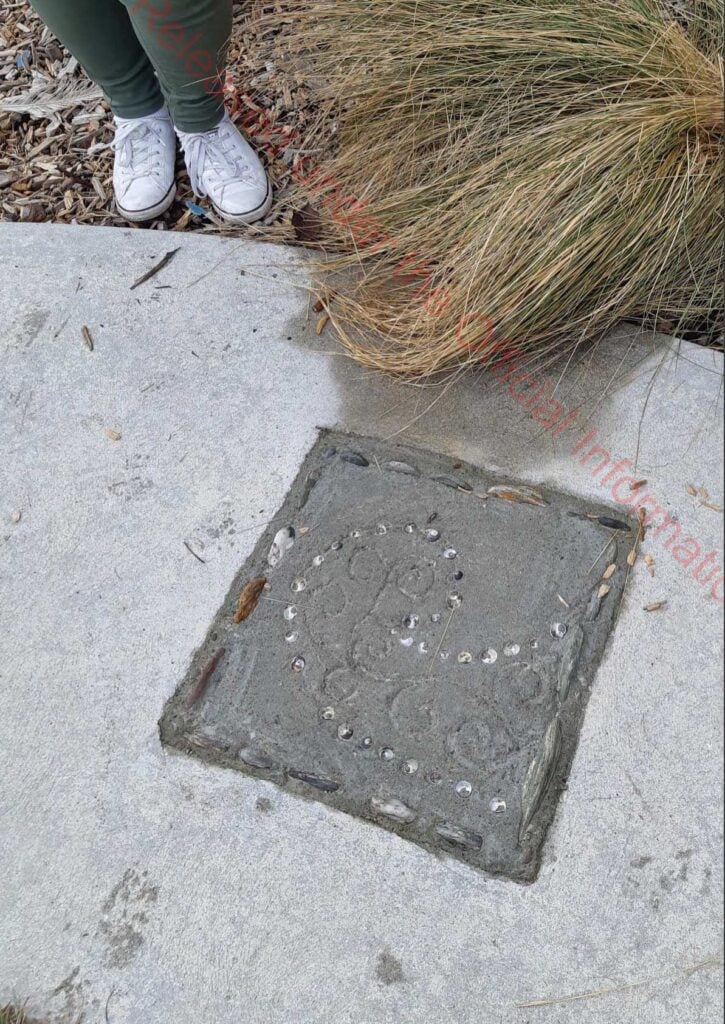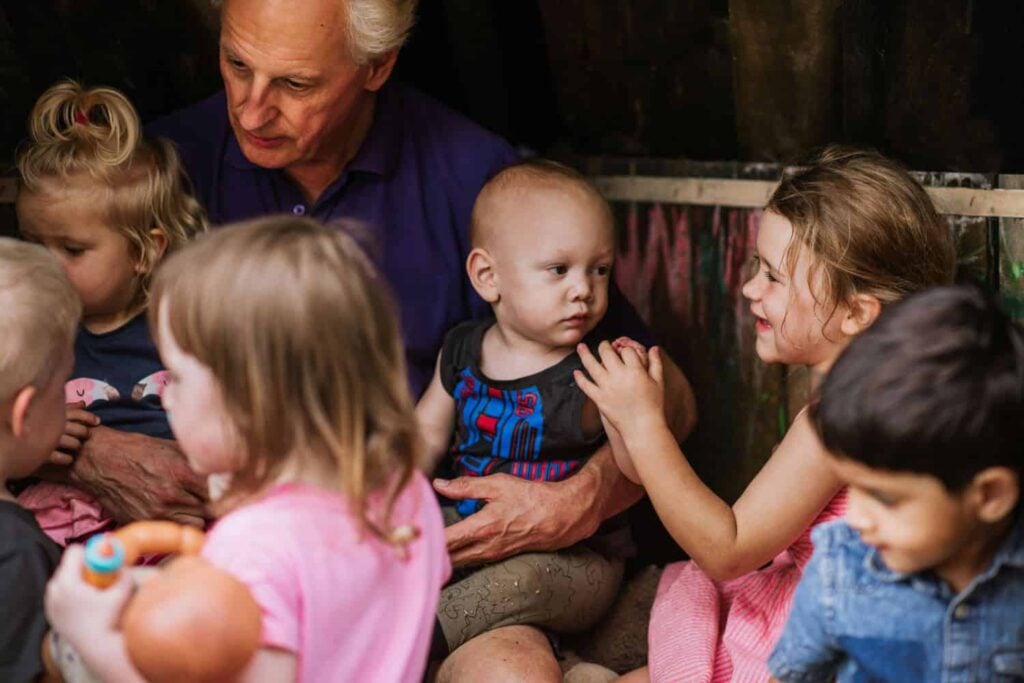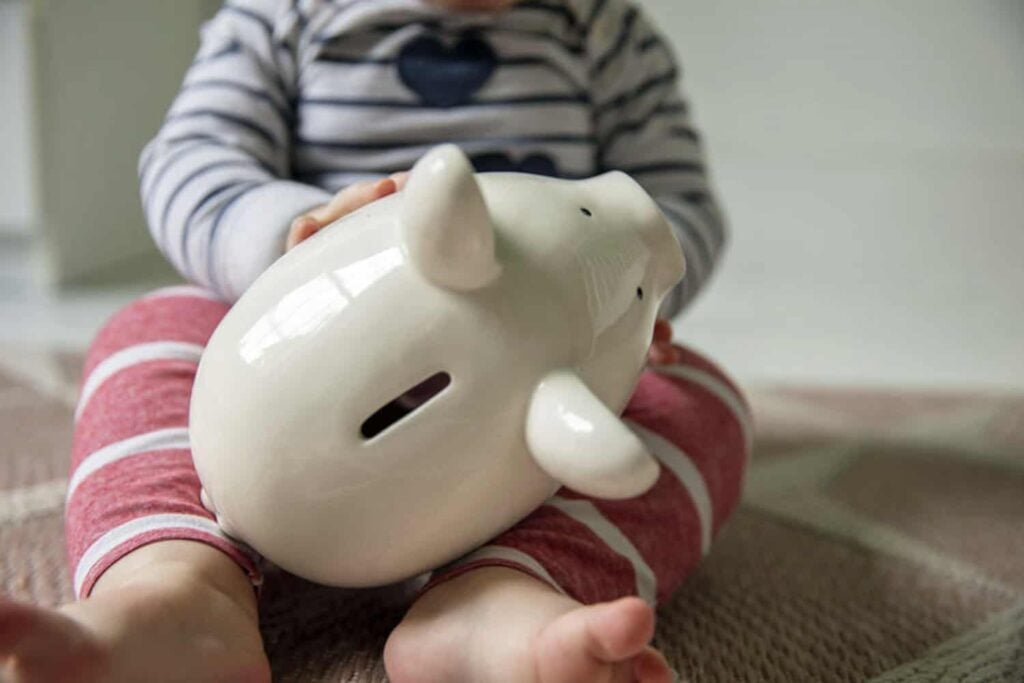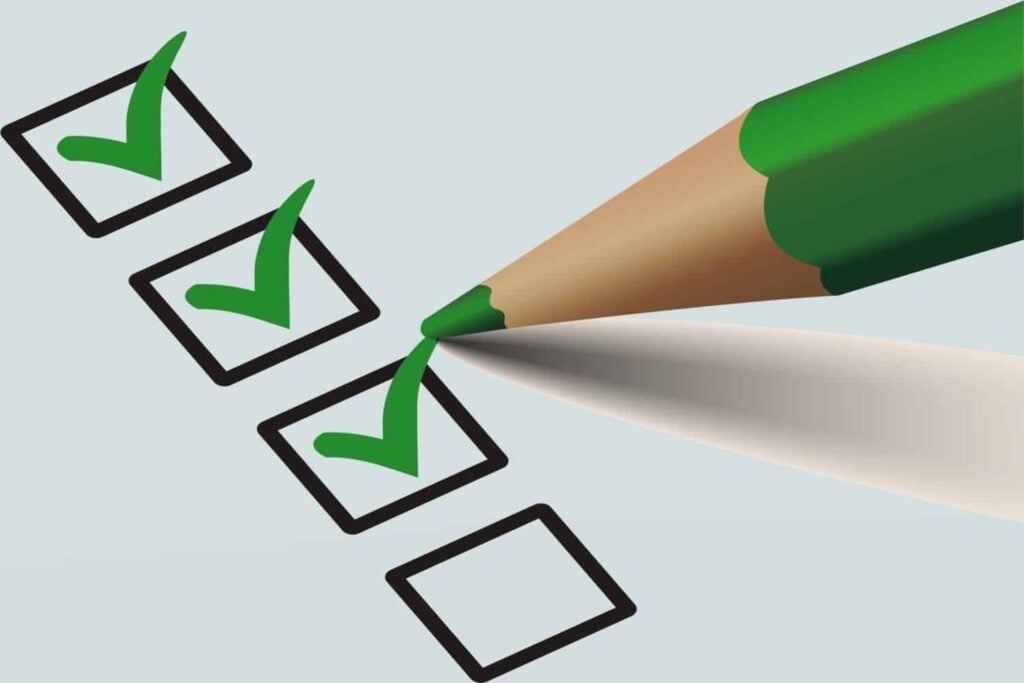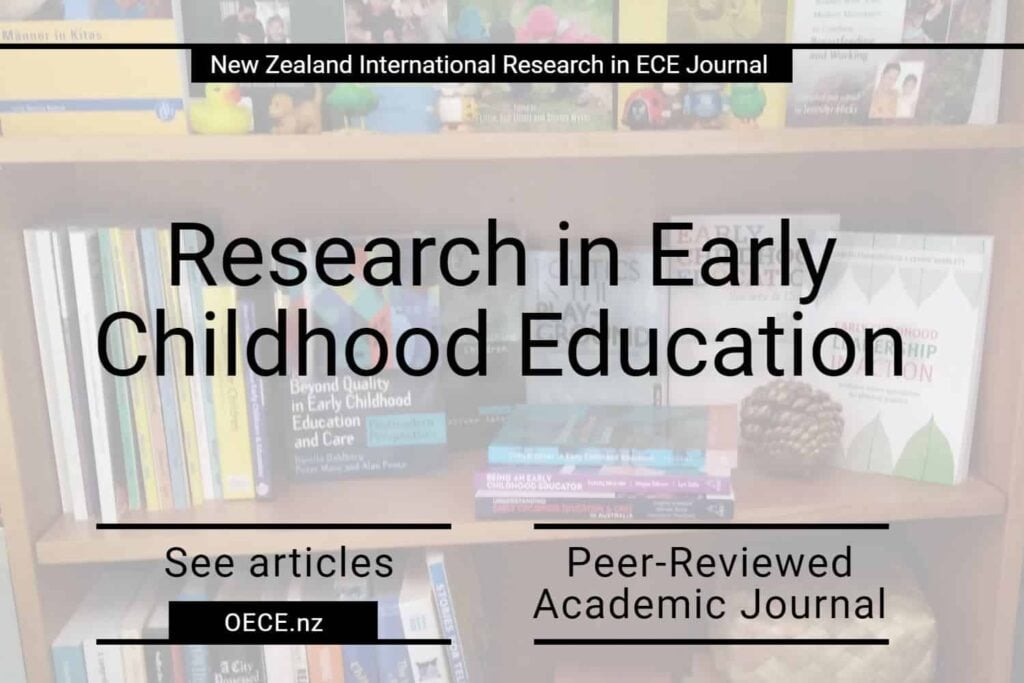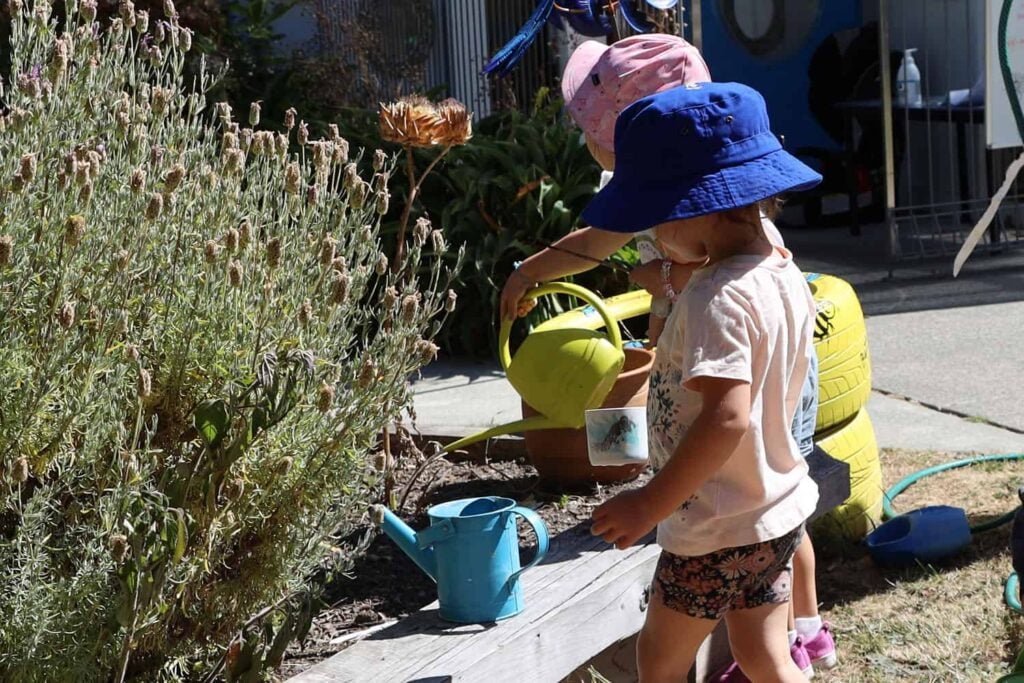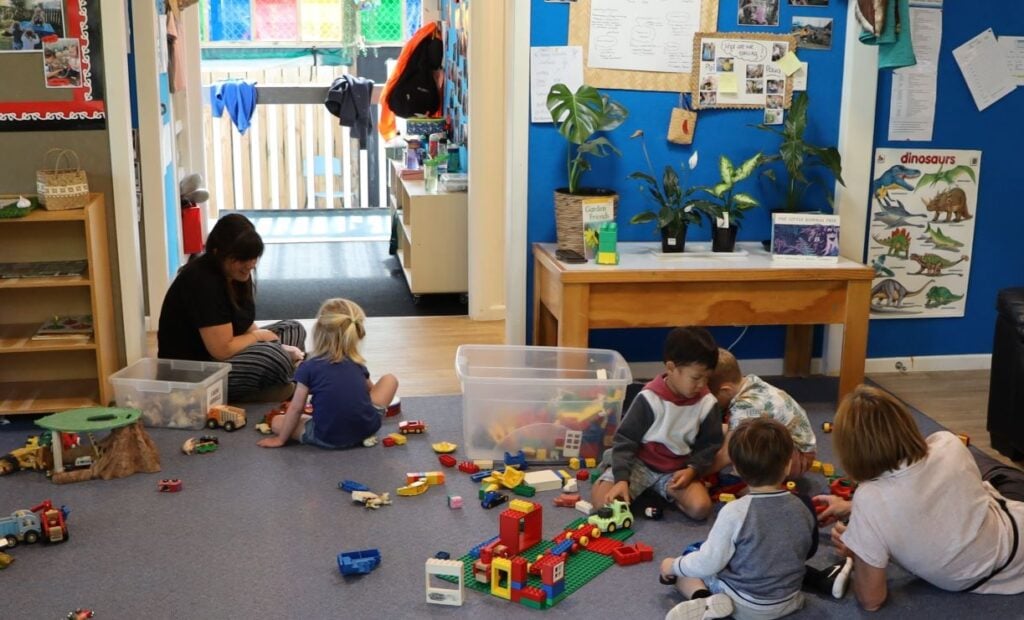Below are the regulation standards that the Ministry for Regulation are consulting on for ECEs.
- To give the Ministry your views
- The Ministry’s questionnaire for anyone who works in ECE
- The Ministry’s questionnaire for Service Providers (coming soon)
- The Ministry’s questionnaire for (coming soon)
For articles, video, and references go to: ECE Regulations Review 2024 – articles, videos, references & more (oece.nz)
Regulation 43 Curriculum standard: general
Every licensed service provider to whom this regulation applies to must comply with the curriculum standard which is —
(a) plan, implement, and evaluate a curriculum that is designed to enhance children’s learning and development through the provision of learning experiences and that is consistent with any curriculum framework prescribed by the Minister that applies to the service; and that (i) responds to the learning interests, strengths, and capabilities of enrolled children; and (iii) provides a positive learning environment for those children; and (iii) reflects an understanding of learning and development that is consistent with current research, theory, and practices in early childhood education; and (iv) encourages children to be confident in their own culture and develop an understanding, and respect for, other cultures; and (v) acknowledges and reflects the unique place of Māori as tangata whenua; and (vi) respects and acknowledges the aspirations of parents, family, and whānau; and (b) make all reasonable efforts to ensure that the service provider collaborates with the parents and, where appropriate, the family or whānau of the enrolled children in relation to the learning and development of, and decision making about, those children; and (c) obtain information and guidance from agencies with expertise in early childhood learning and development, to the extent necessary to— (i) support the learning and development of enrolled children; and (ii) work effectively with parents and, where appropriate, family or whānau.
Regulation 44 and qualifications, ratios, and service size standard
Teacher led centre qualifications: No teachers who are ECE qualified teachers are required to be present with children within the adult-to-child ratio in any centre. For the purpose of the centre holding a licence only – on the books – 50% of staff for the centre size (e.g. a centre for 40 children aged 2 years or older needs to have 4 staff, 2 of these required staff need to be ECE qualified but they can be casual relievers on the books and hardly ever work at the centre, and the 50% qualified don’t need to be working every day or even present with children) , AND one staff counted within this 50% can still be unqualified and in-training, AND a service can count one staff toward its 50% for 2 centres.
Homebased qualifications: 60% of educators must a hold home-based service qualification AND the Person Responsible for the home-based licence must be ECE (home-based) qualified and hold a practising certificate. Percentages for the educators are assessed on a month-by-month basis based on if educators were working during the month.
Teacher-led centre ratios: Part-day centres the ratio is 1 adult to every 15 over 2s children. At full-day centres the ratio is 1 adult to every 10 over 2s children (or if more than 7 children but less than 21 children then 2 adults). For under 2s children the ratio at all centres is 1 adult to every 5 under 2s.
Home-based ratios: The ratio is 1 adult to 4 children. No more than two under-2s at the same time unless they are siblings, and if more than three siblings under 2 years then two educators need to be present.
All centres service size: 150 children over 2s. This can include 25 under 2s. If providing care exclusively to under 2s then a centre can have up to 75 under 2s attending at the same time providing it maintains a ratio of 1 adult to every 5 infants.
Home-based service: No more than 4 children under the age of 6 years (excluding the educator’s own children).
Kōhanga Reo: The Ministry’s funding rules allow the recognised qualification to be Tino Rangatiratanga Whakapakari Tohu. One adult is required to hold the qualification or be in their final year of training and working with a second adult who holds attestation as a recognised native speaker, or one adult in the final year of training plus one in four families undertaking training in Te Ara Tuatahi or Te Ara Tuarua.
Playcentre: The Ministry’s funding rules for Playcentres are no more than 30 children attending, a maximum adult:child ratio of 1:5 (0 to 5 yrs), and children under 2.6yrs must have their parent stay with them.
Person Responsible Regulation
Centres: The ‘person responsible’ does not have to be someone who is ECE trained and qualified – they can be someone who is trained to work with children in primary and intermediate school settings. There’s no requirement for them to any experience of working in an ECE environment or know the rules and regulations etc before taking on the role. There must be one “PR” to every 50 children who are present at the centre.
Home-based: The PR must hold an ECE/ home-based service qualification and a practising certificate.
Playcentre: The PR must have a gazetted qualification (e.g. Playcentre Course 3+, ECE L4+). The PR is not required to hold a practising certificate.
Kōhanga Reo: The PR must hold a Te Kōhanga Reo Trust and Ministry of Education recognised teaching qualification. The PR is not required to hold a practising certificate.
Regulation 45 Premises and facilities standard
Every licensed service provider to whom this regulation applies to must comply with the premises and facilities standard which is —
(a) to use premises and facilities that, having regard to the number and age range of the children attending the premises, provide sufficient and suitable space for a range of activities, facilities for food preparation, eating, sleeping, storage, toileting, and washing, and sufficient and suitable heating, lighting, noise control, ventilation, and equipment to support— (i) appropriate curriculum implementation by the service provider; and (ii) safe and healthy practices by the service provider; and (b) to comply with the requirements of Schedule 4 (which relates to activity spaces). Centre minimum indoor space of 2.5 square meters per child and outdoor space 5 sq m per child. Homebased minimum indoor space —10 sq m in one area and must have some outdoor space but no minimum is specified.
Regulation 46 Health and safety practices standard
Every licensed service provider to whom this regulation applies to must comply with the health and practices standard which is —
(a) take all reasonable steps to promote the good health and safety of children enrolled in the service; and (b) take all reasonable precautions to prevent accidents and the spread of infection among children enrolled in the service; and (c) take all reasonable steps to ensure that the premises, facilities, and other equipment on those premises are— (i) kept in good repair; and (ii) maintained regularly; and (iii) used safely and kept free from hazards; and (d) take all reasonable steps to ensure that appropriate procedures are in place to deal with fires, earthquakes, and other emergencies.
Safety checking (Edn and Training Act 2020, Section 25, Schedule 4)
A service provider of a licensed early childhood service must obtain Police vets of non-teaching and unregistered employees, contractors, and other adults in accordance with Schedule 4.
STAFF (1) The service provider of a licensed early childhood service must obtain a Police vet of every person—
(a) whom the service provider appoints, or intends to appoint, to a position at the early childhood service; and (b) who is to work at the service during normal opening hours; and (c) who is not—(i) a registered teacher who holds a current practising certificate; or (ii) a holder of a limited authority to teach. (2) The service provider must— (a) obtain the Police vet before the person begins work at the early childhood service; and (b) consider the information contained in the Police vet to assess whether the person would pose a risk to the safety of children if the person were to carry out work at the service. (3) In carrying out an assessment, the service provider must take into account any guidelines on risk assessments issued by the Ministry.
CONTRACTORS: The service provider of a licensed early childhood service must obtain a Police vet of every contractor, or employee of a contractor, who has, or is likely to have, unsupervised access to children at the service during normal opening hours. (1) The service provider must— (a) obtain the Police vet before the contractor, or employee of a contractor, has, or is likely to have, unsupervised access to children at the service; and (b) consider the information contained in the Police vet to assess whether the contractor, or employee of a contractor, would pose a risk to the safety of children if they had unsupervised access to children at the service. (2) In carrying out an assessment, the service provider must take into account any guidelines on risk assessments issued by the Ministry.
HOMEBASED: The service provider must obtain a Police vet of every adult who lives in a home— (a) where the service is being provided; and (b) where at least 1 child to whom the service is being provided does not live in the home. The service provider must— (a) obtain the Police vet required (i) in the case of a home to be used as a licensed home-based education and care service, before the home is used as a licensed home-based education and care service: (ii) in the case of a home that is being used as a licensed home-based education and care service, before the adult begins to live in the home; and (b) consider the information contained in the Police vet to assess whether the person would pose a risk to the safety of children to whom the service is provided. The service provider must take into account any guidelines on risk assessments issued by the Ministry. The Police vet must be obtained even if the person is unlikely to be present when the licensed home-based education and care service is provided.
CONFIDENTIALITY: The service provider must (a) ensure that strict confidentiality is observed for Police vets; and (b) may not take adverse action in relation to the person who is the subject of a Police vet until— (i) the person has validated the information contained in the vet; or (ii) the person has been given a reasonable opportunity to validate the information, but has failed to do so within a reasonable period.
UPDATIING: Every 3 years, a police vet must be obtained.
Governance, management and administration standard (Regulation 47)
Every licensed service provider to whom this regulation applies to must comply with the governance and management and administration standard which is —
(aa) the service has regard to any statement of National Education and Learning Priorities; and
(a) the service is effectively governed and is managed in accordance with good management practices; and
(b) the service provider regularly collaborates with— (i) parents and family or whānau of children enrolled in the service; and (ii) the adults responsible for providing education and care as part of the service; and
(c) appropriate documentation and records are— (i) developed, maintained, and regularly reviewed; and (ii) made available where appropriate— at any reasonable time on request by a parent of a child enrolled in the service; and at any time on request by any person exercising powers or carrying out functions under Part 2 of the Act; and
(d) adequate information is made available to parents of enrolled children and, where appropriate, to the families or whānau of those children about the operation of the service; and
(e) all reasonable steps are taken to provide staff employed or engaged in the service with adequate professional support, professional development opportunities, and resources.
